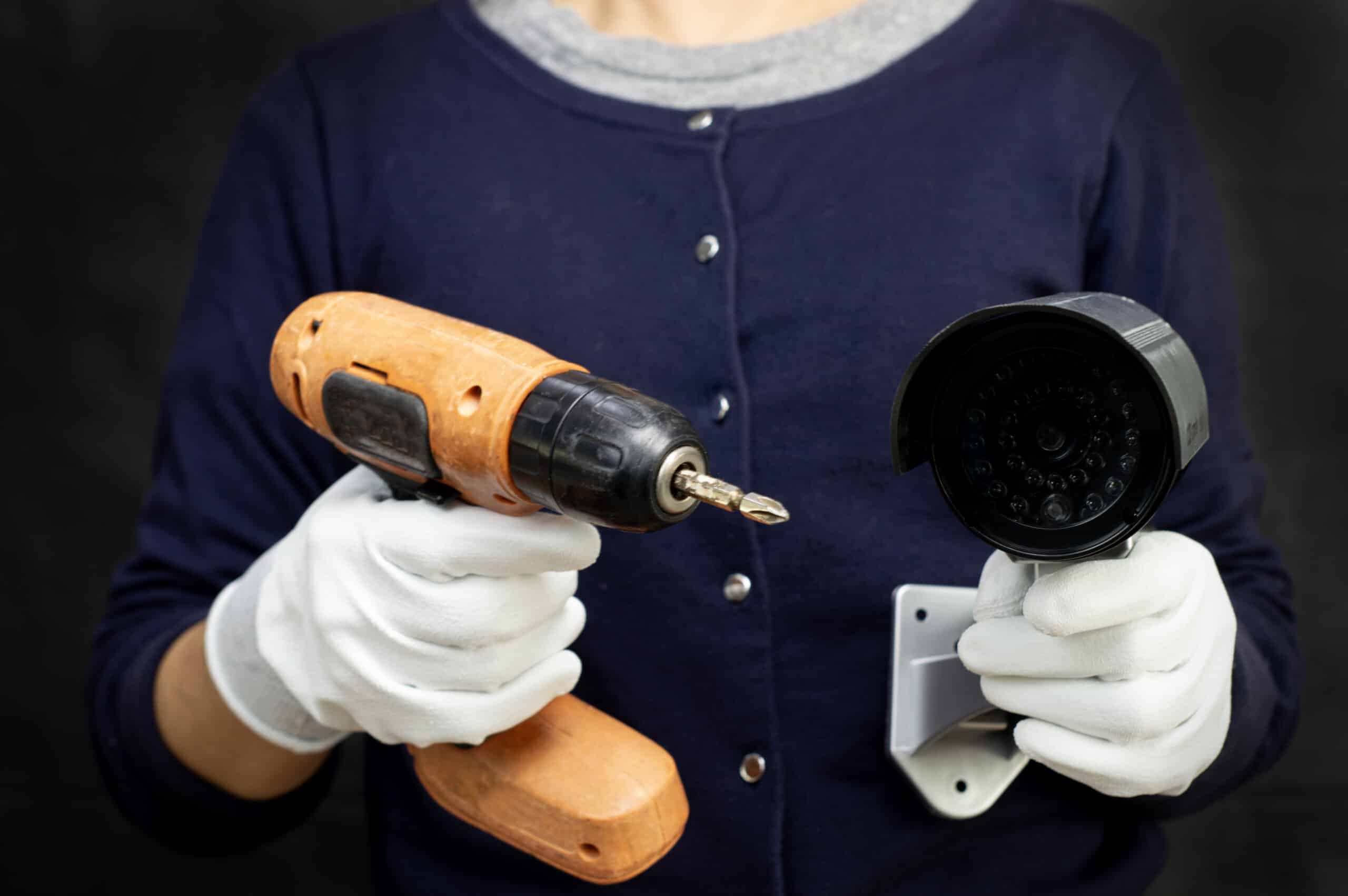How to Pick a Lock with a Screwdriver?
Key Takeaways
- The screwdriver method is a common technique for picking a lock, involving the use of a screwdriver and a tension wrench to manipulate the pins inside a lock.
- There are alternative methods for picking a lock with a screwdriver, such as using the screwdriver as a turning tool while using a lock pick, or using the single pin picking (SPP) technique.
- To pick a lock with a screwdriver, gather the necessary tools, insert the tension wrench and screwdriver into the keyhole, lift each pin individually, and apply gentle turning motion to open the lock.
Lock picking is a skill that has traditionally been associated with locksmiths and law enforcement personnel. However, it is also a subject of interest for many DIY enthusiasts and individuals who are curious about the mechanics of locks. One method that is often discussed is using a screwdriver to pick a lock. In this article, we will explore various techniques and methods for picking a lock with a screwdriver.
The Screwdriver Method
One of the most common methods for picking a lock with a screwdriver is the screwdriver method. This technique involves using a screwdriver and a tension wrench to manipulate the pins inside a lock. The basic principle behind this method is to lift each pin to its correct height while applying pressure with the tension wrench to keep it in place. Once all the pins are in the correct position, the lock should open.
While the screwdriver method may seem straightforward, it requires a delicate touch and a good understanding of lock mechanics. It is important to note that attempting to pick a lock without proper authorization is illegal and can result in criminal charges.
Alternative Methods
While the screwdriver method is commonly discussed, there are other techniques that can be used to pick a lock with a screwdriver. One such method is to use the screwdriver as a turning tool while using a lock pick to manipulate the pins within the lock. This method requires more specialized tools and skills, but can be effective in certain situations.
Another technique that is often mentioned is the single pin picking (SPP) technique. This involves manipulating the individual pins within the lock cylinder using a screwdriver or other picking tool to move them to the correct position. The SPP technique requires skill, patience, and a good understanding of how the pins interact with each other.
Step-by-Step Guide
While it is important to note that lock picking should only be done legally and with proper authorization, we can provide a general step-by-step guide for educational purposes:
- Gather the necessary tools: a screwdriver and a tension wrench.
- Insert the tension wrench into the bottom of the keyhole.
- Apply slight pressure in the direction that the lock would turn with a key.
- Insert the screwdriver into the top of the keyhole.
- Begin lifting each pin individually with the screwdriver, starting from the back.
- Apply more pressure with the tension wrench as each pin is lifted to its correct position.
- Continue lifting and setting the pins until all pins are in the correct position.
- Once all pins are set, apply a gentle turning motion with the screwdriver while maintaining pressure with the tension wrench.
- If all pins are correctly set and the tension is applied correctly, the lock should open.
Tips for Successful Lock Picking
Picking a lock with a screwdriver requires practice and skill. Here are some tips to increase your chances of success:
- Start with simple locks before attempting more complex ones.
- Use proper tension on the tension wrench – too much or too little can hinder the process.
- Apply gentle and precise pressure when lifting the pins.
- Pay attention to feedback from the lock – listen for clicks or movement when pins are set.
- Practice on different types of locks to improve your skills.
Conclusion
Picking a lock with a screwdriver is a skill that requires practice, patience, and a good understanding of lock mechanics. While it is important to remember that lock picking should only be done legally and with proper authorization, learning about lock picking techniques can be a fascinating subject for those interested in the mechanics of locks. Whether you choose to pursue lock picking as a hobby or simply want to understand how locks work, the screwdriver method and other techniques discussed in this article provide a starting point for further exploration.
Related Websites:
FAQs:
Q: Is it possible to pick a lock with a screwdriver?
While it is theoretically possible to pick a lock with a screwdriver, it requires significant skill and knowledge. It is important to note that lock picking without proper authorization is illegal and unethical.
Q: What are the risks of using a screwdriver for lock picking?
Using a screwdriver for lock picking can damage locks and may lead to costly repairs or replacements. It is highly recommended to use proper lock picking tools and seek professional assistance to avoid these risks.
Q: What should I do in a lock-related emergency?
In a lock-related emergency, it is best to contact a professional locksmith, your property manager, or landlord for assistance. They have the expertise and tools to handle the situation safely and efficiently.
Q: How can I ensure optimal lock security?
To ensure optimal lock security, it is recommended to perform regular lock maintenance. Lubricate the locks, replace worn-out keys, and consider upgrading to more secure lock systems if necessary. Additionally, practice good security habits such as not sharing keys with unauthorized individuals.
Q: What are the legal consequences of attempting to pick a lock without authorization?
Attempting to pick a lock without proper authorization can lead to legal consequences, such as criminal charges and penalties. It is essential to respect others’ property and privacy and engage professional locksmith services when needed.





